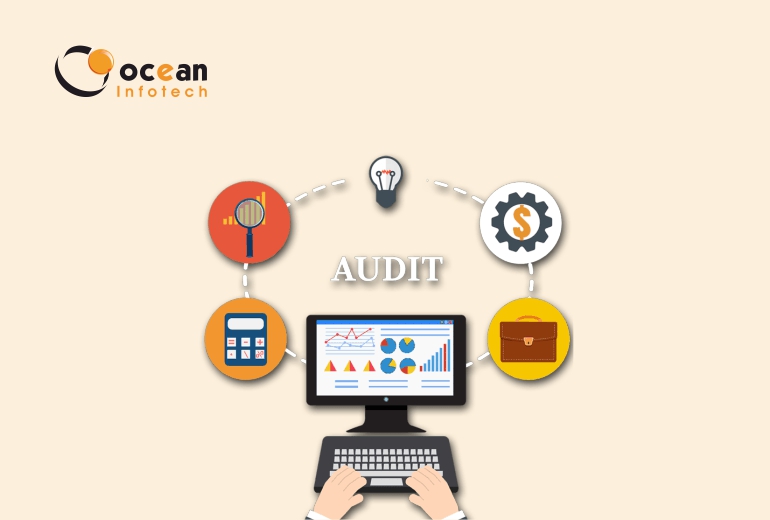preliminary study: to become familiar with the business goals and architecture examine the company's IT controls, systems, and policies. Also, look up the history of incidents, and learn about the existing audit limitations. Planning: to establish clearly defined audit objectives, determine the scope of the audit, and create an audit checklist or plan of action. This phase also involves an analysis in depth of the risk factors for audit and the bottlenecks. detailed IT audit: to discover and identify issues, risks, and weaknesses in the company's IT infrastructure, collect evidence relevant to the issue, and identify the most effective ways to close these. Reporting: the audit findings in a measurable format, prioritizing the identified problems and risks according to their magnitude and recommending strategies to improve your IT infrastructure to meet established standards or objectives. Follow-up review: to confirm that the agreed-upon corrective action plans have been successfully implemented. Effective risk management: IT audits are focused on a variety of IT-related business risks. They assist in evaluating security measures, detect security weaknesses, and then implement the correct policies to safeguard IT assets. An IT audit will show how to increase the capability of the current IT systems and also make minor changes that result in a huge improvement over the long term. Understanding the needs of the IT ecosystem and its limitations helps to reduce the cost of maintenance and operations across IT systems used by businesses. IT auditing is a powerful method of identifying and addressing any issues in compliance by companies with data security, privacy, and other regulations that are in force. IT auditing can help assess the potential benefits and feasibility of adopting new technologies techniques, processes, or methods (e.g. cloud migration as opposed to. on-premises hosting or in-house support vs. outsourcing IT support, and legacy software evolution in comparison to. replacing).
Stages of IT Auditing
Why You Need IT Auditing
Improved efficiency of existing solutions:
IT cost optimization:
Regulatory compliance:
Modernization road mapping:


IT Audit Services and Why You Might Need These
IT audit is a method that is an independent assessment of a business's IT environment to determine its efficiency, identify issues, and offer suggestions for corrective actions. The scope of IT auditing depends on its objective and may cover any or all of the following areas
Let's discuss and work together for your project.
Just drop us line on info@oceaninfotech.co.in or just say HI in chat box, We would love to hear from you.

